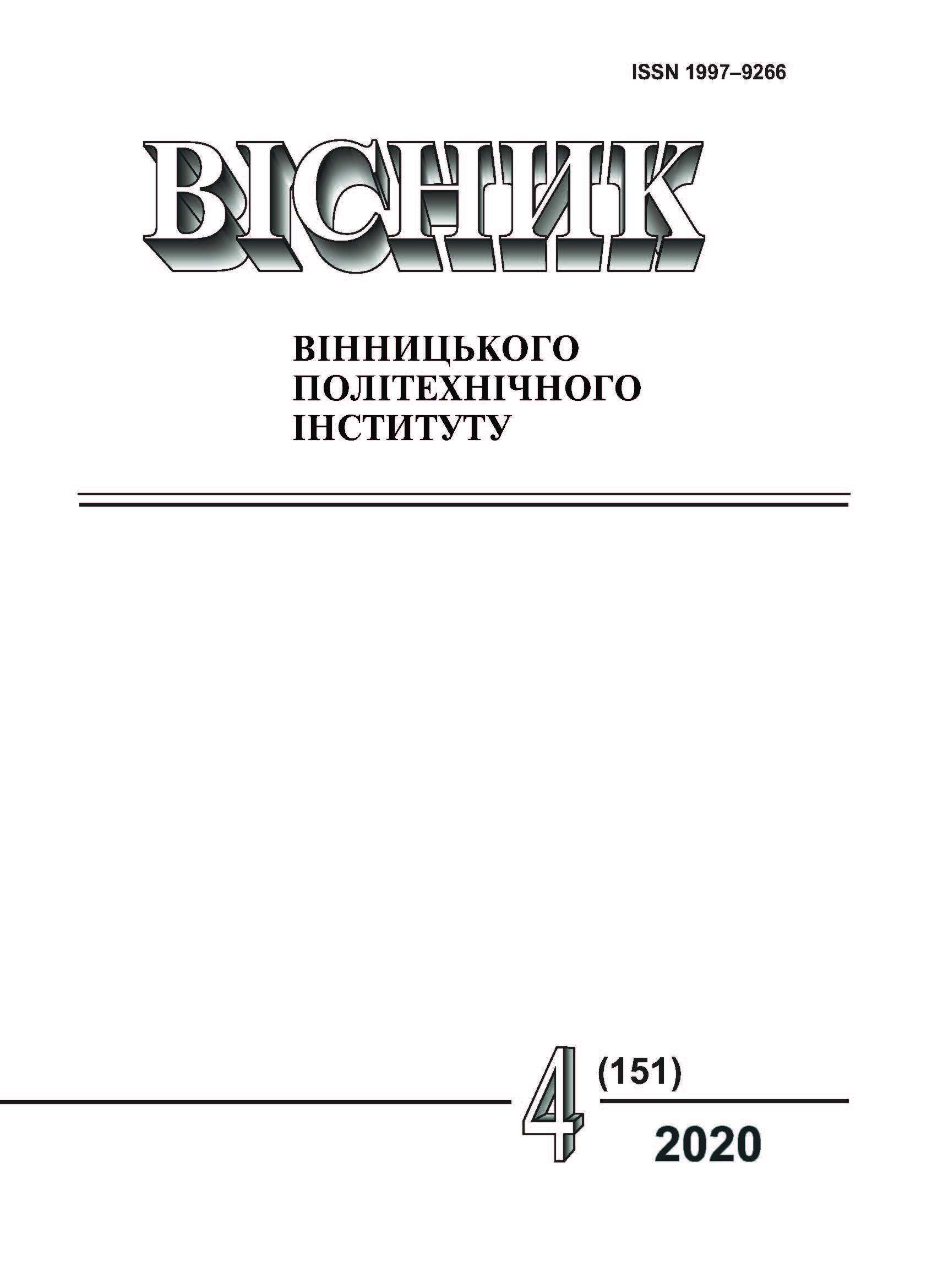Influence of Isothermal Hardening Temperature on Strengthening of High-Strength Irons during Deformation
DOI:
https://doi.org/10.31649/1997-9266-2020-151-4-113-119Keywords:
residual austenite, surface hardening, modification, phase transformations, high-strength cast ironAbstract
The influence of isothermal hardening temperature on mechanical properties of ADI materials is investigated. Heat treatment of the experimental samples consisted of heating above the temperature of conversion of the ferrite component into austenite and isothermal hardening at temperatures from 280 to 380 °C. Liquid tin was used as the quenching medium. In the specified temperature ranges, the plastic characteristics and strength parameters of the samples depending on the heat treatment modes were studied. Particular attention is paid to the parameters of deformation hardening. It is established that at isothermal hardening temperatures in the range of 330…360 °C during plastic deformation, the TRIP effect appears, the appearance of which is accompanied by a high rate of hardening due to the conversion of residual austenite into martensite. Strengthening of samples at plastic deformation has 2 stages. At the first stage, the hardening takes place according to the traditional mechanism due to the plastic deformation of residual austenite. With increasing load, the basis of strengthening is the TRIP effect. Plastic characteristics change with increasing tempering temperature. At 280 °C, the strength and hardness of the metal is maximum, and plastic characteristics are minimal. The optimum mechanical properties, including fatigue resistance, is observed in the temperature range 330…360 °C. For parts of tillage machinery that work at low loads (cultivator legs) should be used hardening on the lower bainite. In this case, the hardness plays a more important role.
References
К. И. Ващенко, и Л. Софрони, Магниевый чугун. М., Киев: Машгиз, 1960, 485 с.
М. В. Волощенко, Термическая обработка высокопрочного чугуна. Киев: Гостехиздат УССР, 1961, 97 с.
В. Л. Найдек, В. П. Гаврилюк, и И. Г. Неижко, Бейнитный высокопрочный чугун. Киев, Украина, 2008, 140 с.
К. О. Гогаєв, Ю. М. Подрезов, и С. М. Волощенко, «Новые области использования высокопрочных чугунов,» в Наука про матеріали: досягнення та перспективи, т.1, Киев, Украина: Академпер, 2018, 652 c.
С. М. Волощенко, «Бейнітний високоміцний чавун для ґрунтообробної техніки,» Агроперспектива, № 7, с. 50-51, 2006.
С. М. Волощенко, К. О. Гогаев, О. К. Радченко, М. Г. Аскеров, і В. Т. Варченко, «Дослідження властивостей високоміцного чавуну для лемешів в залежності від хімічного складу та режимів термообробки,» Зб. наук. праць «Вісник Донбаської державної машинобудівної академії,» Краматорськ. № 1 (11), с. 56-61, 2008.
С. М. Волощенко, К. О. Гогаєв, О. К. Радченко, О. І. Шейко, М. Г. Аскеров, «Спосіб виготовлення модифікатора,» Патент України № 88530, Бюл. № 20, 2009.
С. М. Волощенко, В. В. Непомнящий, М. Г. Аскеров, Т. В. Мосина, и Н. Д. Бега, «Влияние термической обработки на фазовый состав и свойства высокопрочного чугуна,» Сталь, № 8, с. 64-69, 2013.
К. А. Гогаев, Ю. Н. Подрезов, С. М. Волощенко, К. Є. Гринкевич, И. В. Ткаченко, и М. В. Коваленко, «Влияние температуры и условий нагружения на характеристики износа бейнитного чугуна,» Проблеми тертя та зношування, № 4, 2017,
С. С. Антонець, С. М. Волощенко, К. О. Гогаєв, О. М. Миропольский, Г. М. Резинка, і Г. І. Семчук, «Робочий орган культиватора,» Патент України № 99964. Бюл. № 12 05.06.15.
К. О. Гогаєв, і С. М. Волощенко, «Бейнітний чавун для швидкозношуваних змінних деталей сільгосптехніки,» Вісник Національної академії наук України, № 9, с. 64-68, 2015.
Adel Nofal, “Advances in the Metallurgy and Applications of ADI,” Journal of Metallurgical Engineering (ME), vol. 2, Issue 1, January 2013.
Downloads
-
PDF (Українська)
Downloads: 248
Published
How to Cite
Issue
Section
License
Authors who publish with this journal agree to the following terms:
- Authors retain copyright and grant the journal right of first publication.
- Authors are able to enter into separate, additional contractual arrangements for the non-exclusive distribution of the journal's published version of the work (e.g., post it to an institutional repository or publish it in a book), with an acknowledgment of its initial publication in this journal.
- Authors are permitted and encouraged to post their work online (e.g., in institutional repositories or on their website) prior to and during the submission process, as it can lead to productive exchanges, as well as earlier and greater citation of published work (See The Effect of Open Access).





